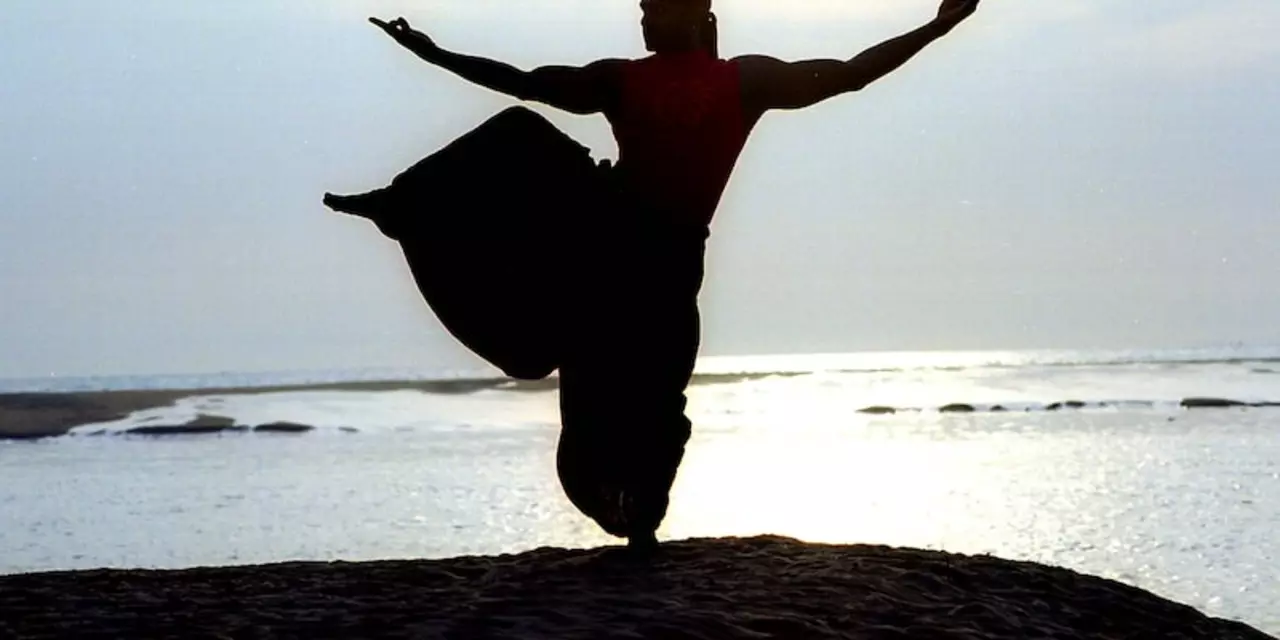Tai Chi for Beginners: Simple Steps, Benefits, and Mind‑Body Balance
If you’ve heard about tai chi but aren’t sure where to begin, you’re in the right place. This ancient Chinese moving meditation is easy to learn, low‑impact, and works for all ages. All you need is a little space, comfortable clothing, and the willingness to move slowly.
Why Tai Chi Works for Body and Mind
Tai chi blends gentle, flowing movements with deep breathing. That combo improves balance, strengthens legs, and eases joint pain without loading the muscles. At the same time, the focus on breath and slow motion calms the nervous system, lowering stress hormones and helping you sleep better. Many people notice clearer thinking after just a few minutes of practice.
Research shows regular tai chi can lower blood pressure, improve cardiovascular health, and even boost immune function. Because the movements are soft, there’s little risk of injury, making it a safe choice for seniors or anyone recovering from an ailment.
Getting Started: Easy Tai Chi Moves
Start with the “Opening” posture: stand with feet shoulder‑width apart, knees slightly bent, arms relaxed at your sides. Inhale, raise your arms slowly in front of you, then exhale as you lower them back down. This simple breath‑and‑move warm‑up gets your body ready.
Next, try the “Wave Hands Like Clouds” sequence. Shift your weight to the left foot, turn your torso right, and sweep your right hand across your body while the left hand moves forward. Switch sides, keeping the motion smooth and the breath steady. Do the pattern five times on each side, focusing on the feeling of the weight transfer.
Another beginner favorite is “Part the Wild Horse’s Mane.” From a relaxed stance, step forward with the right foot, lift the left hand up while the right hand pushes down, then reverse. The movement stretches the spine and hips, promoting flexibility.
Practice these three moves for 10‑15 minutes a day. You’ll notice better balance within a week and a calmer mind after a few sessions. If you miss a day, just pick up where you left off—there’s no penalty.
To deepen your practice, pay attention to the sensations in your body. Notice how the breath moves in and out, how the muscles engage, and how your thoughts drift. When a thought pops up, acknowledge it and gently bring focus back to the movement.
Consistency beats intensity. Even a short, daily routine offers more benefits than a long, irregular one. Over time, you can add more advanced forms like “Golden Rooster Stands on One Leg” or join a local tai chi class for guidance.
Remember, tai chi isn’t about perfect form; it’s about feeling balanced and relaxed. Treat each session as a conversation with your body, and let the slow motions guide you toward steadier health and a quieter mind.

Is it counterproductive to do both yoga and tai chi?
This article discusses the potential benefits and drawbacks of combining yoga and tai chi into a single exercise routine. It states that while there are some potential benefits of combining the two, such as increased flexibility and energy, there may be some drawbacks as well, such as fatigue and confusion. The article concludes that combining the two practices may not be the best option for all individuals and that it is important to assess one's own needs and abilities before deciding to combine yoga and tai chi.